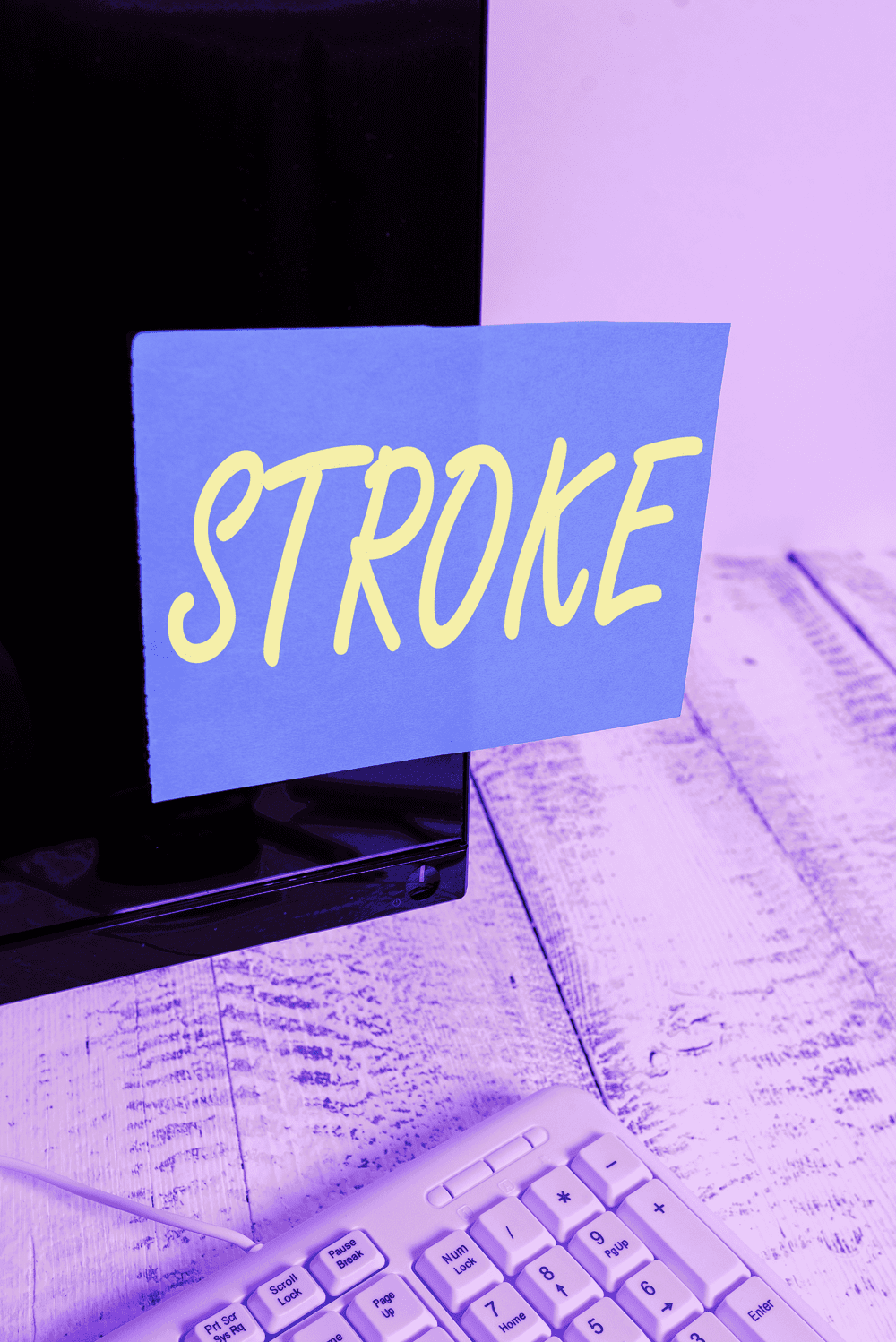May is National Stroke Awareness Month
Every year, about 795,000 people in the United States have a stroke
May is recognized as National Stroke Awareness Month, which is an opportunity to raise awareness about the risk factors, symptoms, and prevention of stroke. Stroke is the fifth leading cause of death in the United States, and one of the leading causes of long-term disability. While anyone can have a stroke, certain risk factors, such as high blood pressure, smoking, and diabetes, can increase the likelihood of having a stroke. By understanding the risk factors and taking steps to manage them, individuals can reduce their risk of stroke.
A stroke can be a life-changing event.
National Stroke Awareness Month is also a time to recognize the impact that stroke can have on individuals and their families. Stroke can be a life-changing event, affecting a person’s ability to speak, move, and perform daily activities. Rehabilitation and support services, such as physical therapy and occupational therapy, can help individuals regain function and independence after a stroke. It’s important to raise awareness and support these services so that stroke survivors can have the best possible outcomes.
One of the most important ways to prevent stroke is to maintain a healthy lifestyle. This includes eating a balanced diet, exercising regularly, and not smoking. It’s also important to manage any existing health conditions, such as high blood pressure or diabetes, by taking medication as prescribed and monitoring your health closely. Additionally, knowing the warning signs of stroke and seeking medical attention immediately can save lives and reduce the risk of long-term disability.
Stroke Information
Watch this video from HealthSketch
National Stroke Awareness Month is an opportunity to educate individuals about stroke prevention, recognition, and rehabilitation. By understanding the risk factors and taking steps to manage them, individuals can reduce their risk of stroke. It’s also important to recognize the impact of stroke on individuals and their families and to support rehabilitation and support services. By working together to raise awareness and support stroke prevention and care, we can help reduce the burden of stroke in our communities.

